When cleaning the toilet, we often forget to clean the toilet tank, or are haunted by the terrible odor or the long-term dirty plaque inside the toilet tank when we open it. So how to clean the toilet tank properly? Toilet tank cleaning will no longer be a nightmare with some cleaning tips from Sparkling […]
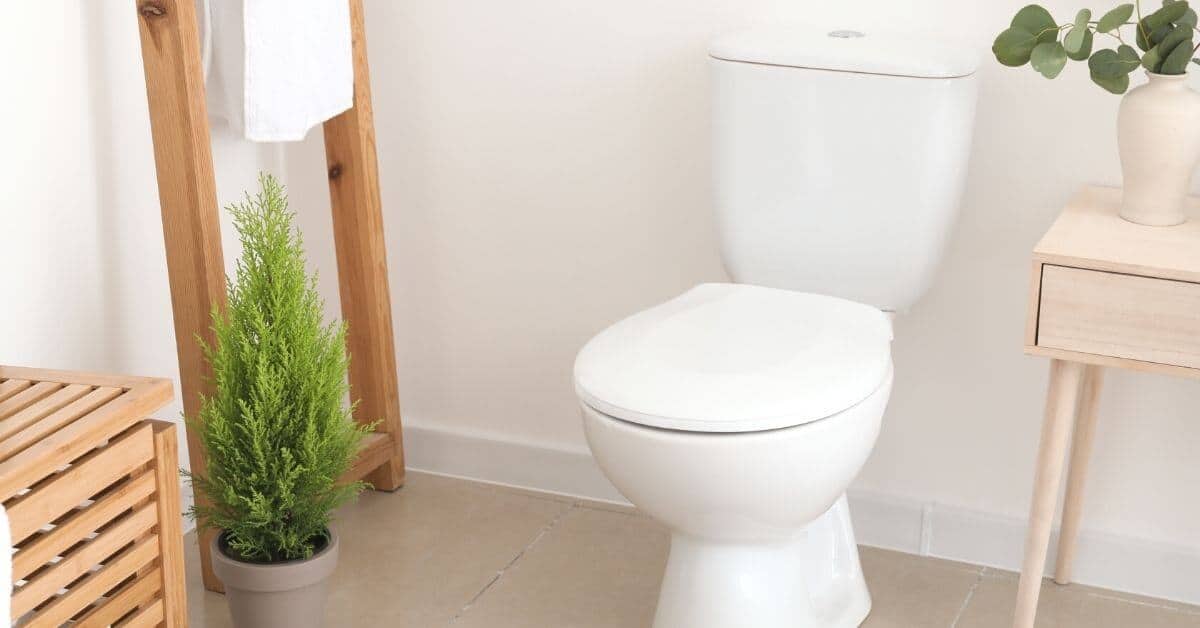
When cleaning the toilet, we often forget to clean the toilet tank, or are haunted by the terrible odor or the long-term dirty plaque inside the toilet tank when we open it. So how to clean the toilet tank properly? Toilet tank cleaning will no longer be a nightmare with some cleaning tips from Sparkling and Beyond.
The toilet tank is a place to store water and create thrust so that the waste can easily go down the septic tank, but it will be detrimental when the water source you are using contains alum. After a long time of use, the alum will create plaques that stick to the components or the wall of the tank, hindering the operation of the water tank, even blocking the water from entering the toilet.
Another reason to clean the toilet tank as soon as possible is the appearance of algae. Because the water tank’s ambient temperature is relatively low, this environment is ideal for algae and microalgae to grow swiftly. These bacteria have the power to control the flow of water to some extent; however, they can sometimes follow the water down the toilet and amass there for a long time, causing a blockage. Furthermore, these moss plaques will erode with time, causing the color to change rapidly, and shortening the life of the water tank.
Besides, items accidentally dropped into the water tank but were forgotten and stuck inside, making other components inoperable. This makes the toilet tank easily cracked and leaks water to the outside. In addition, moss, small objects such as rocks and stones in the water will easily cause blockages because the force of the water is not strong enough to push them through the bends.
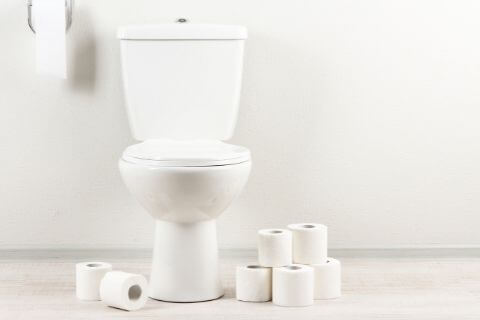
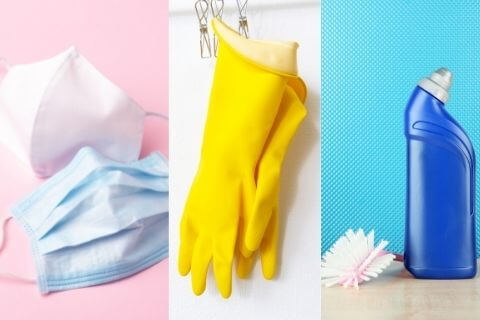
Spray the outside of the toilet, lid, and seat with household cleaners, then wipe it away with a paper towel or towel.
In addition, vinegar is a non-toxic substance that is effective at killing molds, bacteria, and germs. Combine vinegar and water in an equivalent amount, pour this mixture into a spray bottle, then spray the solution on the outside of the toilet tank, lid, and seat just like using the household cleaners.
After that, wipe the components with a paper towel or clean towel.
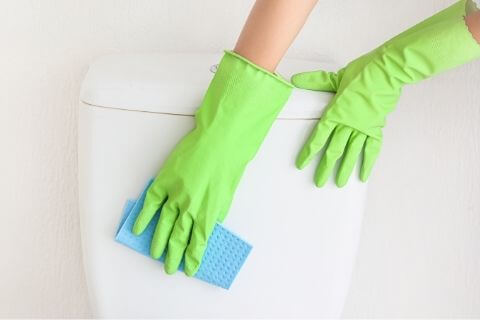
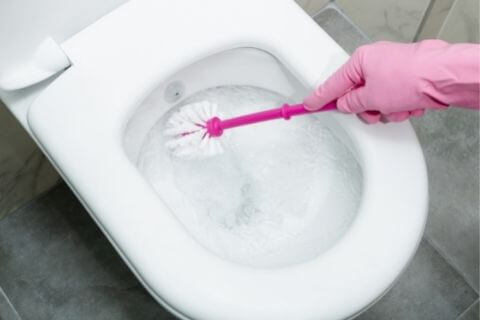
The first step to eliminate mold development with bleach is, pour the mixture of bleach and water into a disposable bottle, with the amount of bleach equals 1/10 the amount of water.
Dilute the bleach with the amount of water mentioned above to prevent your toilet bowl from turning yellow.
Pour the solution into your toilet tank as well as all around it. After flushing the toilet once, scour the solution with a brush to get all of the hard-to-reach places.
Finally, pour a cup of bleach into the toilet tank without diluting it.
Hydrogen peroxide can be used for more than just sterilizing cuts; it can also be used to kill mold.
To begin, pour the toilet bowl with a cup of hydrogen peroxide. Then, scrub the entire tank with a toilet brush. Make sure you get below the rim! Leave the hydrogen peroxide in the toilet for 15 minutes before flushing. Because hydrogen peroxide tends to bubble up a little when killing bacteria, you may notice small bubbles.
Finally , flush your toilet bowl.
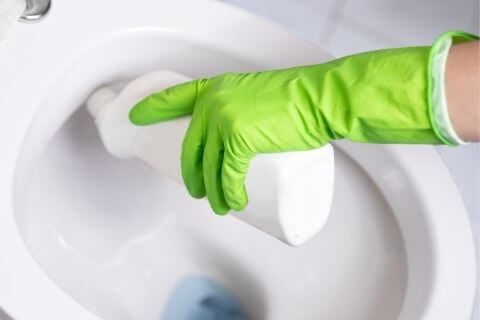
To ensure that your water tank is cleaned and used for a long time, in addition to performing the above 6-step process correctly, consider the following points:
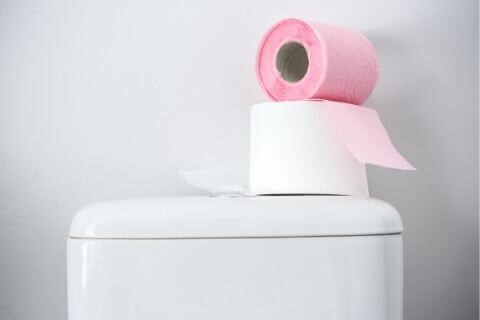
Cleaning places full of germs and odors like toilets that haunt you? Let us take care of it for you! Sparkling and Beyond offers a variety of cleaning services to pick from, as well as well-trained staff that will eliminate your fear of cleaning, save you time and effort, and leave your home clean and airy. All you have to do now is contact us, then enjoy the cleaning, and discounts from Sparkling and Beyond!
![]()